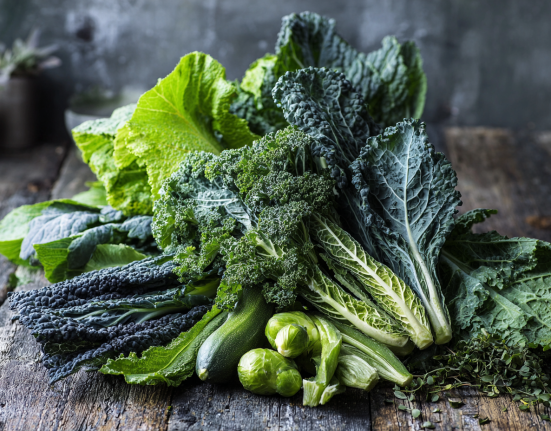One of the cheapest, easiest, and most important ways you can keep your child safe from disease is to get them to wash their hands frequently.
Here are some tips on how to turn handwashing into a healthy habit for life:
1. Explain the benefits of handwashing
Let your child know that washing hands can keep them safe from bacteria and viruses that can make them and others around them sick.
Teach them about how even though germs are invisible, they could still be there.
Explain to them that regular handwashing is as important as brushing your teeth or eating a healthy meal.
2. Demonstrate the correct steps of handwashing
Explain that to eliminate all traces of infection-causing bacteria on your hands, a quick scrub and rinse isn’t enough. Here’s a step-by-step guide for effective handwashing:
Step 1: Wet hands with running water
Step 2: Apply enough soap to cover wet hands
Step 3: Scrub all surfaces of the hands – including back of hands, between fingers and under nails – for at least 20 seconds
Step 4: Rinse thoroughly with running water
Step 5: Dry hands with a clean cloth or single-use towel
3. How long should you wash hands?
Hands should be washed with soap for at least 20-30 seconds. An easy way to time this is by singing the full “happy birthday” song, twice.
The same goes if using hand sanitizer: Use a sanitizer that contains at least 60% alcohol and rub it into your hands for at least 20 seconds to ensure full coverage. Remember: hand sanitizer can be toxic if swallowed and should be used only under adult supervision.
4. Set the times they should be washing their hands
Your child should wash their hands frequently throughout the day. Here are some of the times you should always wash your hands:
1. When hands are visibly dirty
2. Before and after eating
3. After using the toilet
4. After touching animals and pets
5. After blowing your nose, coughing or sneezing
5. Turn it into a fun family activity
Here are some ways you can help children wash their hands by making handwashing easier and fun for them:
Did you know?
1. Is warm or cold water better?
You can use any temperature of water to wash your hands. Cold water and warm water are equally effective at killing germs and viruses – as long as you use soap!
2. Is drying hands important?
Germs spread more easily from wet skin than from dry skin, so drying your hands completely is an important step. Paper towels or clean cloths are the most effective way to remove germs without spreading them to other surfaces.
3. Soap and water or hand sanitizer – which is better?
In general, both handwashing with soap and water and hand sanitizer, when done correctly, are highly effective at killing most germs and pathogens.
But if your hands look dirty, you should wash them with soap and water. Although hand sanitizer is often more convenient when you are outside of the home, it is less effective on visibly dirty hands. Also, alcohol-based hand sanitizer does not kill all kinds of bacteria and viruses, for example, certain diarrhea-causing viruses. It can also be toxic if swallowed and it should be stored out of reach of children and used only under adult supervision.








